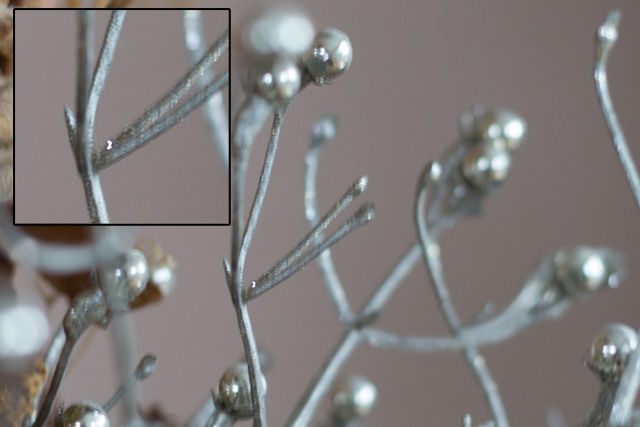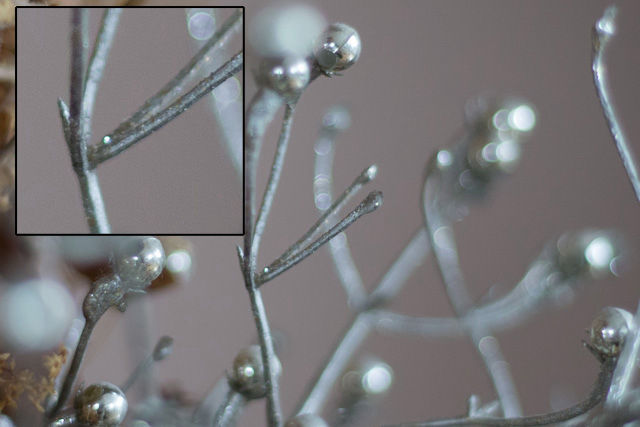
Blurred image due to too long exposure time

Many beginners in photography know this problem: especially when using telephoto lenses with longer focal lengths, images may become a little blurred and are not perfectly sharp. Or when taking pictures inside, especially in lower light conditions, it is difficult to get sharp images without blur.
Motion blur in pictures can have two sources: either the photographer not holding the camera still enough for the amount of zoom you are using - or the photographed object moves too fast for the camera's exposure time. Or both.
Motion blur caused by the photographer
Most times the reason for this type of blur is that the camera's exposure time is too long for the 'amount of zoom' that you are using. This means that you cannot hold the camera still long enough before even the small natural hand-shaking while holding the camera becomes visible in the picture.
As a rule of thumb the exposure time should always be shorter than 1 divided by the focal-length you are using. The value of 1 devided by focal-length you are using gives you the recommended maximum exposure time.
For example: If your zoom-lens is set to 100mm this means that the camera's exposure time should not exceed 1/100sec. An exposure time of e.g. 1/60sec in this example will likely lead to a blurred image.


Options for decreasing the exposure times in such situations are either using larger aperture settings (e.g. f/2.8 instead of f/4), using higher ISO numbers or finding a brighter spot / using a flash.
One trick that I also use from time to time is to intentionally under-expose the picture by e.g. 1/3 EV. This also decreases the exposure time and sometimes may bring you into 'sharp situations' already. Later, using some simple image processing, you can increase the brightness again.
Motion blur caused by the photographed object
In other cases of blurred images the photographer may have set the correct maximum exposure time based on the amount of zoom set in the camera. However the image is still blurred in the end. This may be because the object is moving too fast. A good example for such a situation is either a car driving by, a waterfall with droplets of water flying around or playing children.
In my experience if you use exposure times of 1/1000 sec you can even capture single waterdrops in a waterfall. This truly freezes a moment.
Create a site - More info